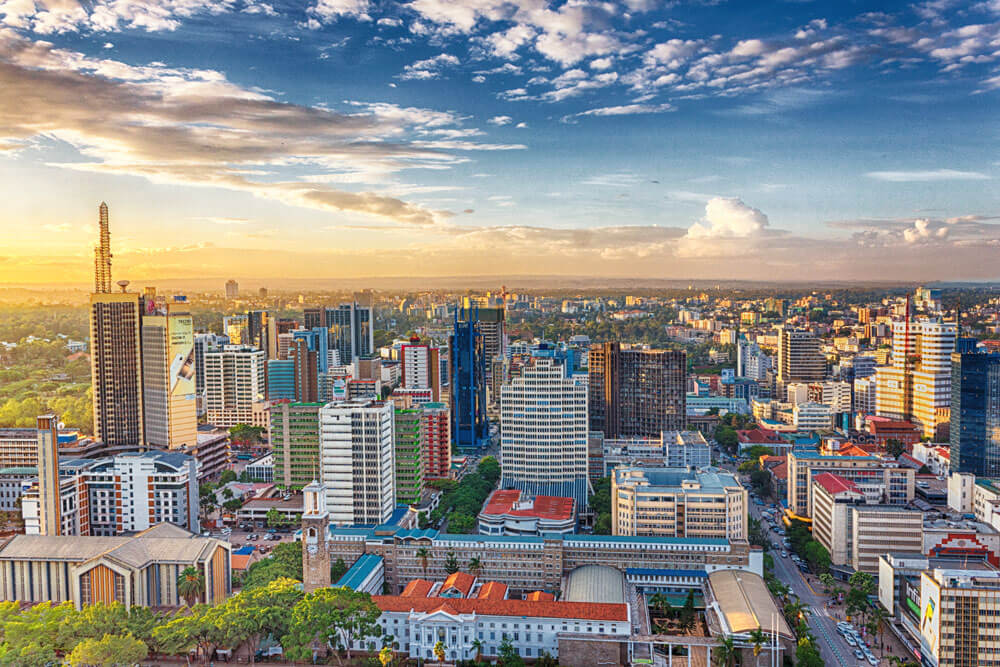Kenya is poised to make a significant stride in its economic standing within sub-Saharan Africa, anticipated to surpass Angola and secure its position as the fourth largest economy in the region. This forecast by the International Monetary Fund (IMF) also suggests that Kenya will maintain this rank through to 2029.
In a remarkable display of economic resilience, Kenya’s GDP soared to $108.9 billion last year, reflecting growth despite challenges such as drought and global financial tightness caused by the Ukraine war. This growth is in alignment with Kenya’s strategic efforts to advance its economic infrastructure and competitiveness on the African continent.
Yet, an unexpected twist in the narrative emerges with Ethiopia, set to leapfrog Nigeria to become the second-largest economy, trailing only South Africa. This shift is not without controversy. Despite a reported increase in its GDP to $159.74 billion in 2023, speculations arise over the accuracy of these figures given Ethiopia’s recent history of civil unrest and the skepticism surrounding its exchange rate valuations.
The crux of the debate lies in the validity of Ethiopia’s reported growth rates and the ‘fantasy’ exchange rate, as Charlie Robertson of FIM Partners UK Ltd calls it. Amidst Ethiopia’s recovery from a debilitating civil war and its status as a defaulter on certain debt obligations, the IMF’s optimistic projections contrast sharply with more cynical assessments that hint at Ethiopia’s economy being overvalued.
Kenya’s anticipated release of its official GDP numbers for 2023 will add clarity to the true economic picture and potentially validate its ascendancy in the economic rankings. As the data stands, the country’s growth trajectory and ensuing investor confidence could position it favorably in the race for economic supremacy within sub-Saharan Africa.
At the heart of this economic tussle is the IMF’s methodology for calculating GDP, adjusting for exchange rates and other factors. The reality of these economic figures plays a crucial role in influencing investor behavior, making the accuracy and credibility of such data paramount.
As Kenya and Ethiopia jostle for their standings, neighboring Tanzania, the Democratic Republic of Congo, Uganda, Rwanda, and Burundi also chart their respective economic courses. Each nation’s GDP figures reflect not just the state of their economies but also the potential for investment and business opportunities.
Kenya’s stride towards becoming a notable economic force in sub-Saharan Africa is a narrative of growth, ambition, and the inherent complexities of economic measurement in a dynamic and developing region. Investors and policymakers alike will be watching keenly as the story unfolds, looking to seize opportunities in an ever-evolving marketplace.
